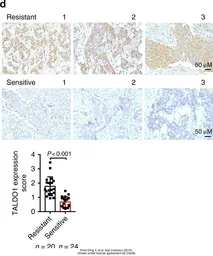Transaldolase antibody
Cat. No. GTX102076
Cat. No. GTX102076
-
HostRabbit
-
ClonalityPolyclonal
-
IsotypeIgG
-
ApplicationsWB IHC-P
-
ReactivityHuman, Mouse




